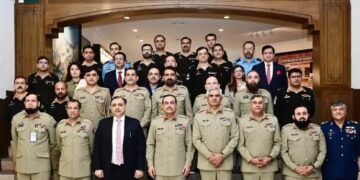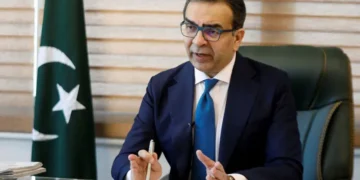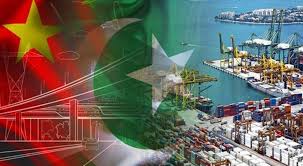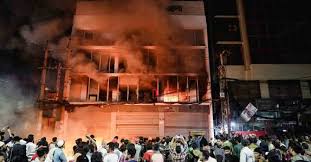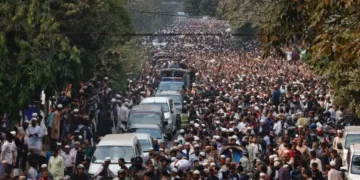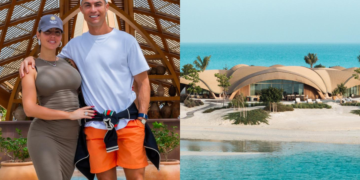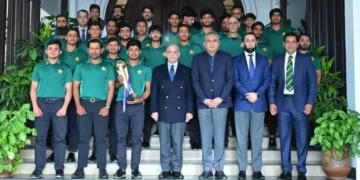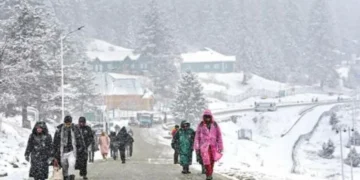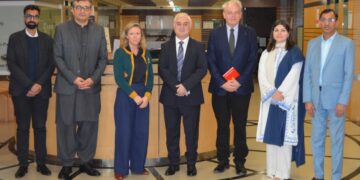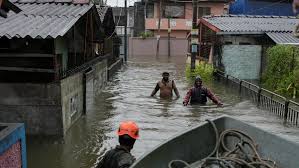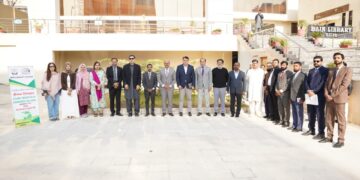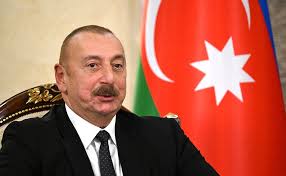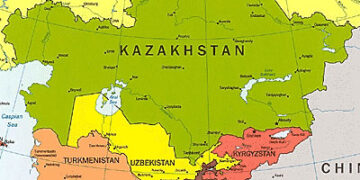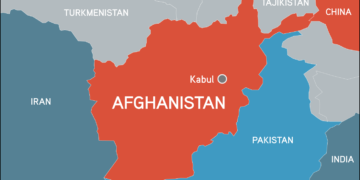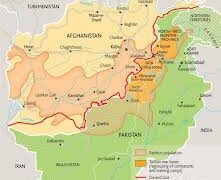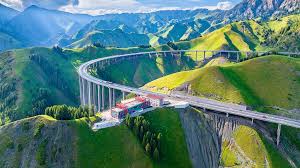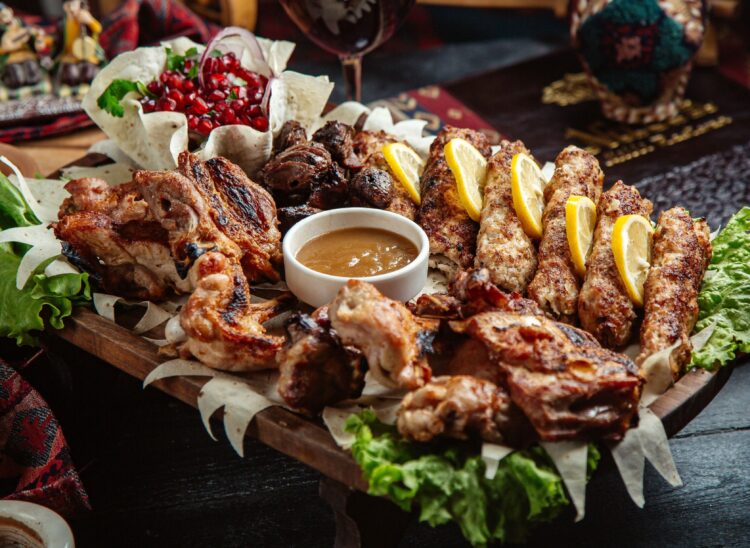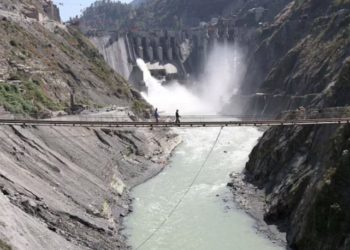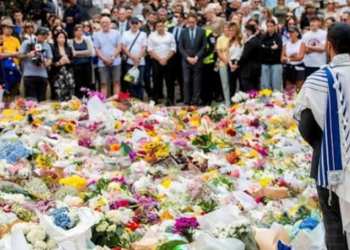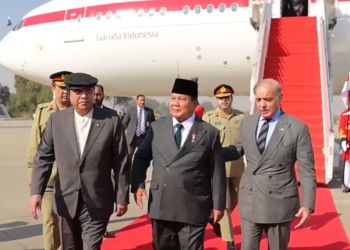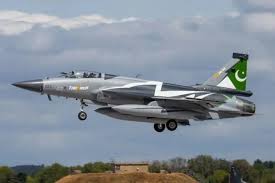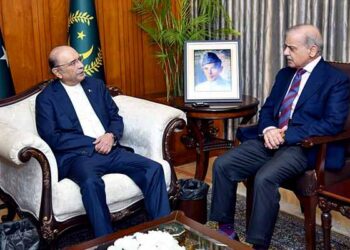ISLAMABAD (Web-Desk); Pakistan is not only rich in culture and heritage but also celebrated for its diverse and flavorful cuisine. Each city brings its own culinary character to the national table, offering a unique blend of spices, textures, and traditions. From sizzling street foods to hearty stews, here’s a city-wise overview of the most loved dishes that define Pakistani food culture.
Karachi — The Melting Pot of Flavors
As Pakistan’s largest metropolitan and a coastal hub, Karachi’s food reflects a fusion of regional and immigrant influences.
Popular dishes include:
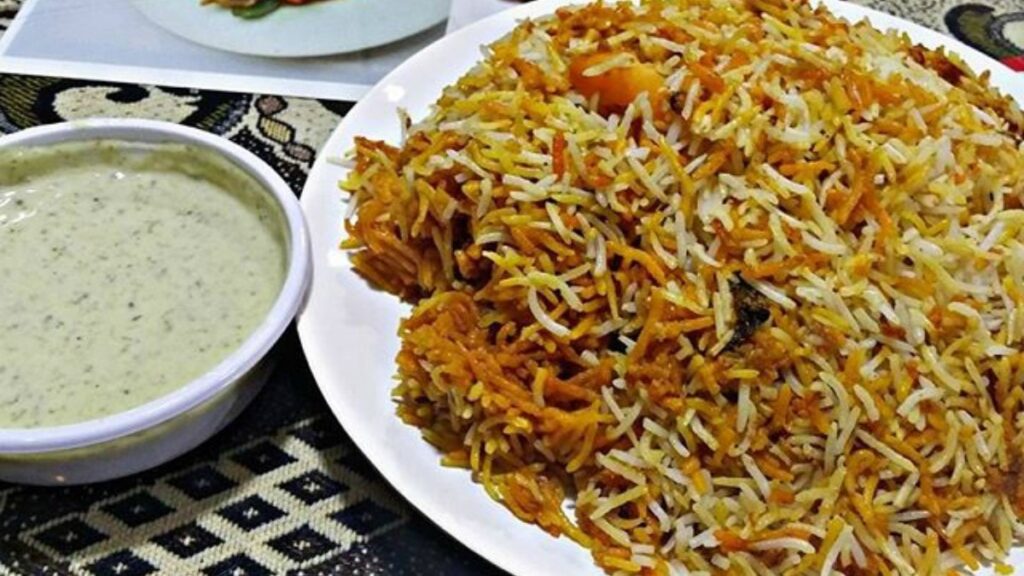
- Sindhi Biryani – A fragrant rice dish with marinated meat and potatoes, known for its bold, tangy spice.
- Nihari – A slow-cooked beef stew traditionally eaten at breakfast.
- Bun Kebab – A street food staple made with spicy beef or lentil patties.
- Haleem – A rich, blended stew of wheat, lentils, and meat.
- Chaat and Gol Gappay – Popular snacks featuring chickpeas, potatoes, and tangy chutneys.
- Chicken/Mutton Karahi – Cooked in a wok with a tomato-based spicy gravy.
- Paratha Rolls – Flaky wraps filled with grilled meats or eggs.
Lahore — The Food Capital of Pakistan
Famous for its love of hearty meals and street food culture, Lahore is where food becomes a celebration.
Signature dishes include:
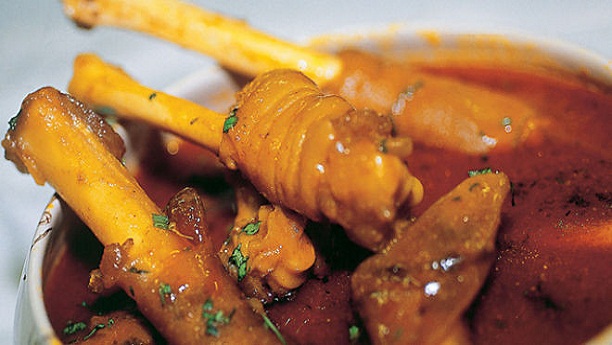
- Halwa Puri – A breakfast classic with fried bread, sweet semolina, and spicy curries.
- Paye – Trotters cooked overnight into a gelatinous, spiced gravy.
- Nihari – Widely popular here, often richer than Karachi’s version.
- Murgh Channay – Chicken and chickpeas in a thick gravy.
- Lahori Fried Fish – Crispy, spiced fish enjoyed as a snack or meal.
- Chicken Karahi – Ubiquitous in the city’s dhabas and restaurants.
- Lassi – A refreshing yogurt-based drink.
- Haleem – A creamy, savory comfort food.
Islamabad — A Fusion of Mughlai and Punjabi Influences
As the capital, Islamabad features a more cosmopolitan food scene, blending traditional Pakistani favorites with regional influences.
Popular foods include:
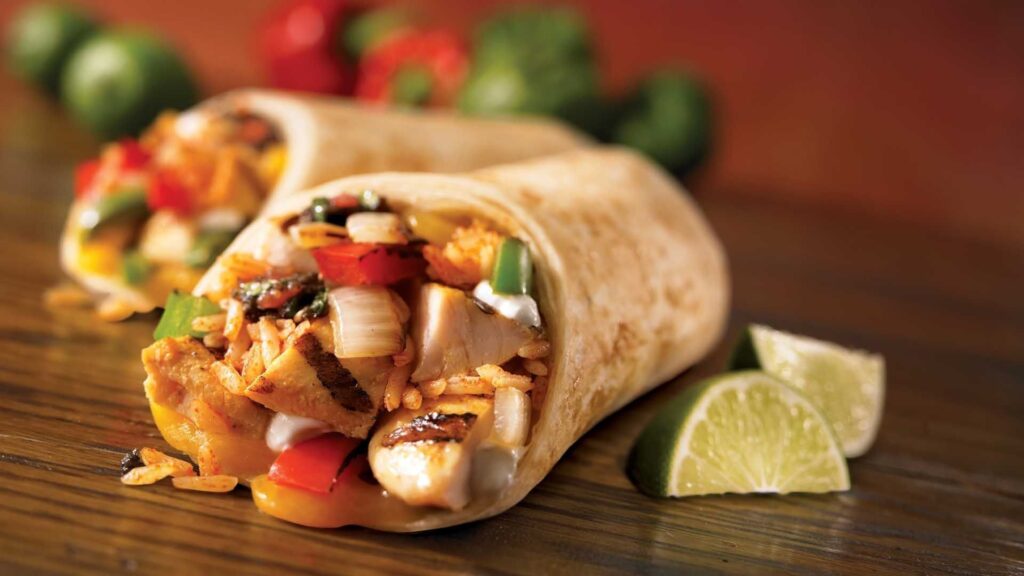
- Chicken Karahi – Widely served across restaurants.
- Chapli Kebab – Originally from Peshawar but very popular here.
- Halwa Puri and Aloo Paratha – Breakfast staples.
- Nihari and Haleem – Slow-cooked favorites.
- Chelo Kebab – Grilled lamb served with buttered rice.
- Roll Paratha – A go-to street food snack.
Peshawar — The Heart of Pashtun Cuisine
Peshawar offers bold, meat-heavy dishes influenced by Afghan and Central Asian culinary traditions.
Top dishes include:
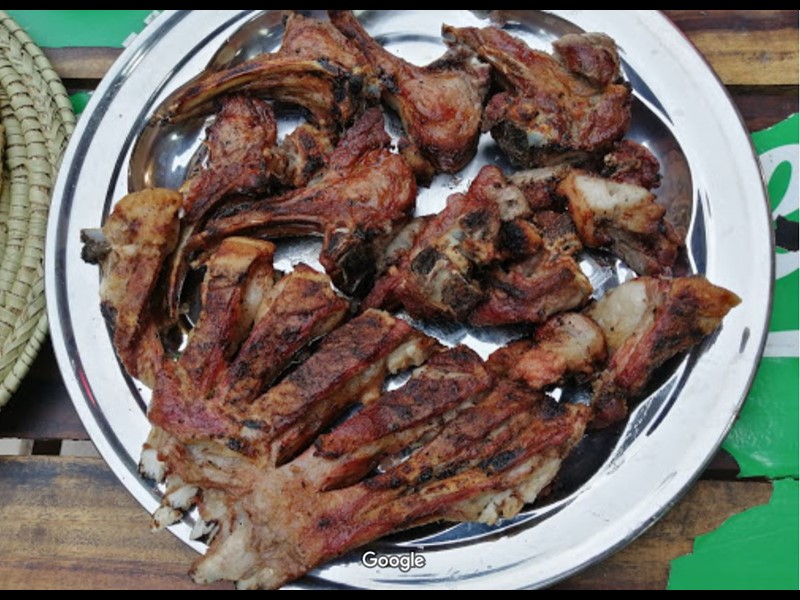
- Chapli Kebab – Spiced minced meat patties fried until crispy.
- Peshawari Karahi – Spicy and rich, typically cooked in tomato and green chili.
- Namkeen Mandi – Tender meat slow-cooked with minimal seasoning.
- Charsi Tikka – Charcoal-grilled skewers of marinated beef or lamb.
- Kabuli Pulao – Rice with meat, raisins, and carrots.
- Dum Pukht – A sealed-pot meat and vegetable stew.
Quetta — Bold Flavors of Baloch and Pashtun Traditions
Quetta’s cuisine is deeply rooted in Balochi culture, often relying on open-flame and slow-cooking methods.
Famous dishes include:
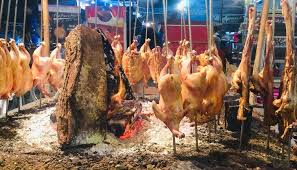
- Sajji – Whole lamb or chicken marinated and roasted over coals.
- Rosh – Pit-cooked mutton, tender and aromatic.
- Kaak – A dense, traditional bread.
- Dampukht – Meat and lentils cooked over low flame.
- Balochi Tikka – Barbecued meats with regional spices.
- Khaddi Kebab – Whole lamb cooked underground in traditional style.
While every city has its specialties, dishes like Biryani, Karahi, Kebabs (Seekh, Shami), and various breads remain universally loved across Pakistan, with local twists and techniques adding regional flair. Whether you’re dining in Lahore’s food streets, tasting roadside chaat in Karachi, or enjoying Sajji in Quetta, the country’s food tells the story of its rich and diverse culture.


